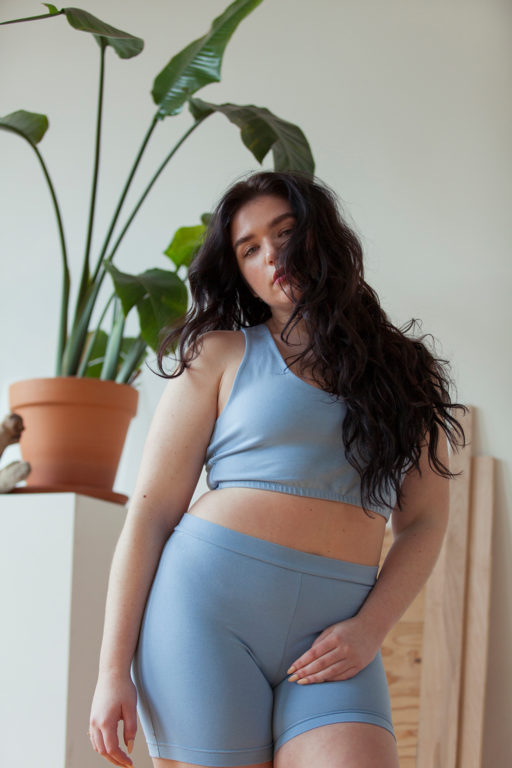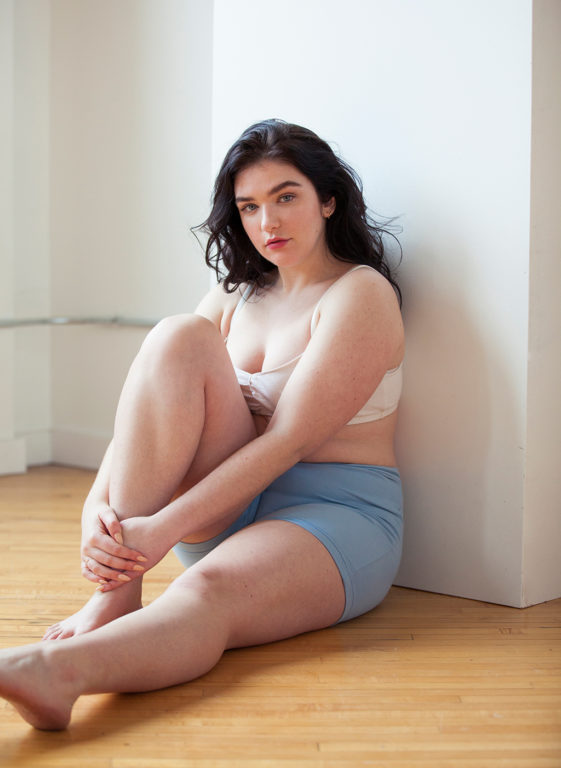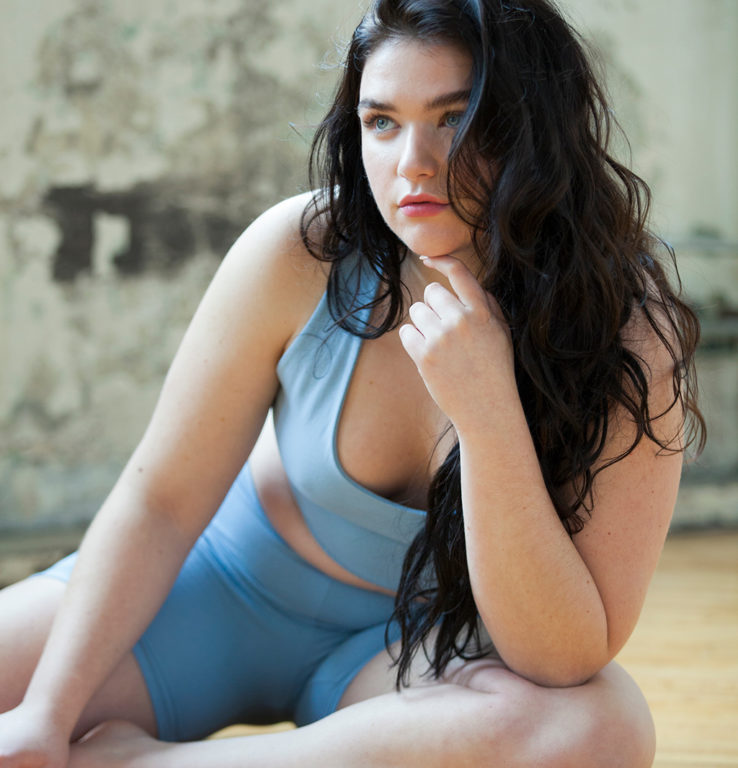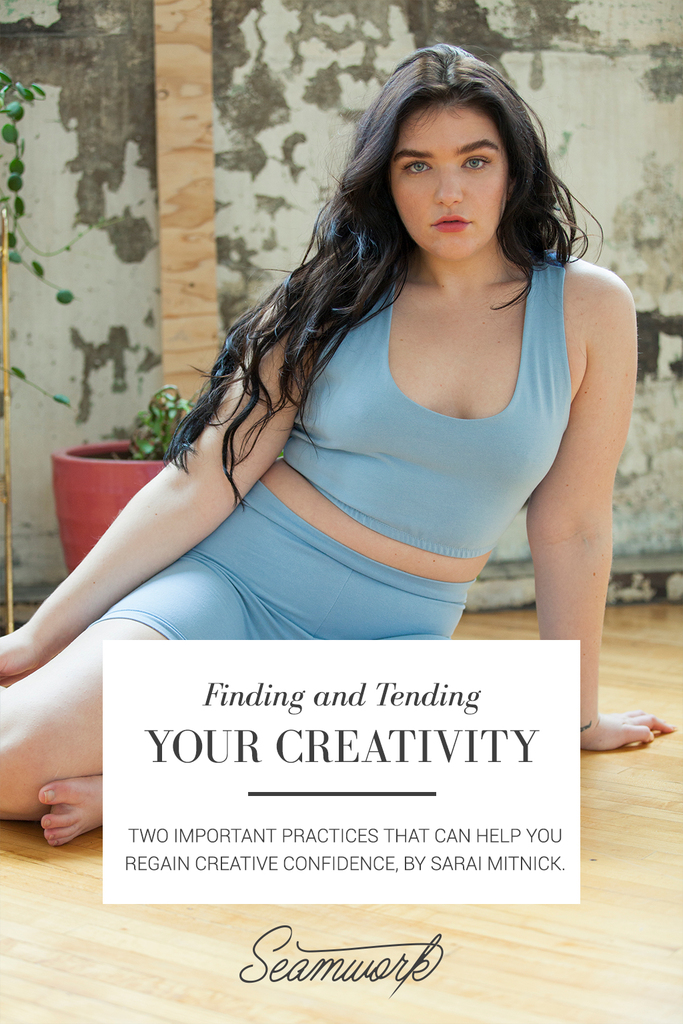
Creativity is a strange thing. At times, it seems to arise out of nowhere. Ideas hit you while you’re driving, when you’re in the shower, or when you’re starting to fall asleep. At other times, it seems to abandon you completely, even when you need it most.
The lack of control can be frustrating. We begin to question ourselves. We think, if I were really good at this, it wouldn’t be so difficult. This frustration with ourselves begins to throw up even more blocks, and sometimes we give up on our creative projects altogether.
In her influential 1970s book The Artist’s Way, author Julia Cameron invites us to think of creativity in an entirely different way. Instead of placing the responsibility on yourself for generating ideas and making magic happen, she believes that the artist should see herself as someone who gathers and tends ideas, not someone who generates them.
Ideas are out there
Many people lose confidence because of the enormous pressure they put on themselves to “perform” creatively. As a sewist, you might have experienced the frustration of an ambitious project gone awry, or the inability to realize the idea you’d visualized. You might have berated yourself, and you might even have been tempted to quit.
This is a common experience for anyone undertaking a creative endeavor. Failure quickly transforms into self-doubt and even shame. It derails many creative practices as people seek to avoid the pain of failure. We give up on ourselves.
Instead, The Artist’s Way suggests that you see yourself not as a source of creative ideas, but as someone who seeks these ideas, gathers them, tends to them, and allows them their full expression. In this way, the creative practice becomes a means for engaging more fully with the world. The world is full of beauty; our job is to channel it and run it through our own unique filter.
This means letting go of control to some extent. It means opening yourself up to more ideas and letting the ideas take you where they need to go. It also means relishing the experience of creation as much as the outcome.

You are a radio
Julia Cameron writes that you should think of yourself as a radio, constantly both receiving and transmitting signals. She suggests some actual practices you can put in place in order to maintain this flow of creativity.
First is the “artist date.” She suggests taking time each week to go out into the world and fuel yourself creatively. This is the “receiving” portion of your radio. There is no pressure to achieve anything in particular. The idea is simply to get out of your normal environment and open yourself up to more inspiration and creative possibilities.
The second practice is “morning pages.” This is freeform writing for just a page or two, and it is beginnings of the “transmitting” part of your radio. It’s a simple means of consistently expressing your experiences and letting ideas flow freely.
While neither of these things may feel directly related to your hobby of making clothing, if you think about sewing as just one facet of your creative expression, you might realize how important it is to remain creatively engaged overall. No creative act exists in a vacuum. They’re all part of how you choose to view things and express what you notice.
Both practices—feeding yourself creatively and having a regular practice of expression—will help to keep you in tune with the inspiration that’s out there and all you can do with it. You might adapt these practices in different ways, but the concept of receiving and transmitting can be a helpful framework for developing your own daily or weekly practices.
Creativity is a way of engaging with the world, of opening up and more fully experiencing all that’s out there. We don’t have full control over it, and that’s ok. But by consistently feeding ourselves with inspiration and allowing space for imperfect self-expression every day, we can regain creative confidence and get more joy out of the creative process.



